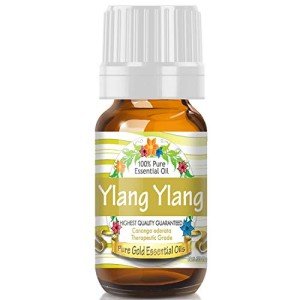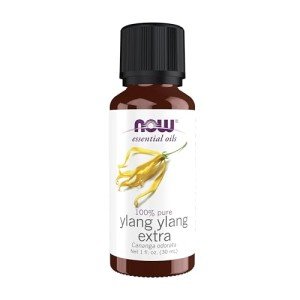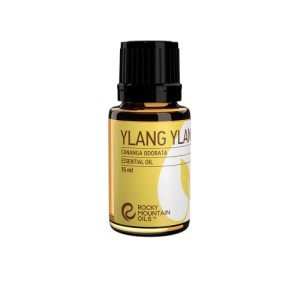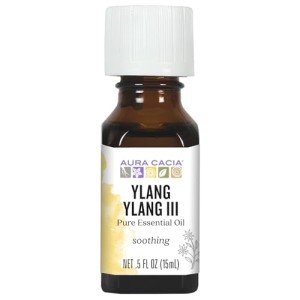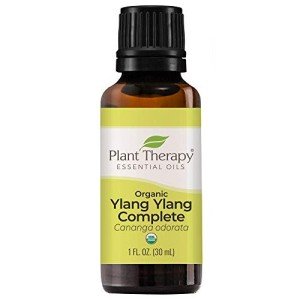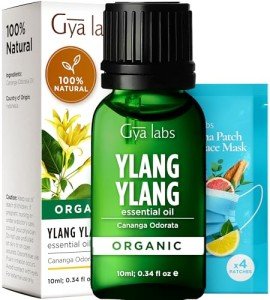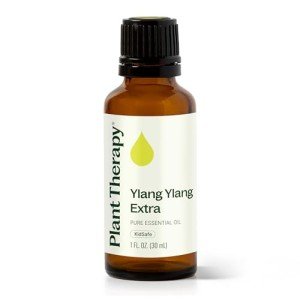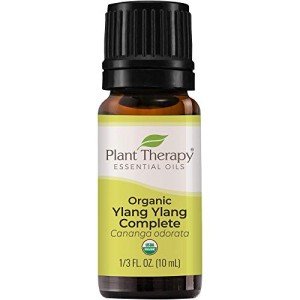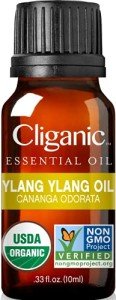Different Types of Ylang-Ylang Essential Oil
What sets ylang-ylang apart from many other essential oils is the fractionated distillation process. The oil is distilled over many hours, and fractions are collected at different intervals. This results in multiple grades or "fractions," each with unique aromatic profiles and best uses.
1. Ylang-Ylang Extra
-
Distillation Time: First 1–2 hours.
-
Aroma: Bright, intense, sweet floral scent—most aromatic and volatile.
-
Best Use: High-end perfumery and luxury facial products.
-
Color/Viscosity: Light and thin, pale yellow.
-
Notes: This is the top note in perfumery, capturing the flower’s freshest aroma.
2. Ylang-Ylang Grade I (First)
-
Distillation Time: Collected after "Extra."
-
Aroma: Rich, sweet, slightly heavier than Extra.
-
Best Use: Perfumes and haircare formulations.
-
Notes: A good balance of aroma and longevity; commonly used in natural perfumery.
3. Ylang-Ylang Grade II (Second)
-
Distillation Time: Mid distillation.
-
Aroma: More herbaceous and slightly less floral.
-
Best Use: Soaps, lotions, and body care products.
-
Notes: Less costly, still fragrant, good for blending in larger batches.
4. Ylang-Ylang Grade III (Third)
-
Distillation Time: Final stages.
-
Aroma: Heaviest and most base-like, slightly earthy or spicy.
-
Best Use: Soaps, bath bombs, massage oils.
-
Notes: Good fixative properties but less "pretty" scent on its own.
5. Ylang-Ylang Complete
-
What It Is: A full-spectrum distillation of all the above fractions.
-
Aroma: Complex and balanced; floral, sweet, and grounding.
-
Best Use: General perfumery, skincare, haircare.
-
Notes: Preferred by many for its well-rounded profile and simplicity in sourcing.
How to Choose the Right Ylang-Ylang Oil
| Product Type |
Recommended Ylang-Ylang Type |
| Luxury Perfume |
Extra or Grade I |
| Solid Perfume Balm |
Grade I or Complete |
| Facial Serum |
Extra or Complete |
| Handmade Soap |
Grade II or III |
| Body Lotion/Butter |
Complete or Grade II |
| Hair Oil |
Grade I or Complete |
-
Budget Matters: "Extra" and Grade I are more expensive, but a little goes a long way.
-
Scent Profile: Use “Complete” if you're unsure—it gives the truest full-bodied scent.
-
Application Base: Stronger fractions (like Extra) may be too intense for sensitive skin—dilution is key.
Sustainability and Sourcing
Ylang-ylang is mainly cultivated in Madagascar, the Comoros Islands, and parts of Southeast Asia. Ethical sourcing is essential, as overharvesting or poor distillation practices can affect both quality and environmental impact. Look for organic, fair-trade, or ecocert-certified suppliers when possible.
Final Thoughts
Ylang-ylang essential oil is a floral powerhouse in handmade cosmetics and perfumes. Whether you're blending a tropical-themed body butter or a luxurious evening perfume, there's a ylang-ylang fraction that can elevate your formulation. With its multi-layered aroma and skin-loving qualities, it’s no wonder this exotic flower has earned a lasting place in natural beauty and wellness.
